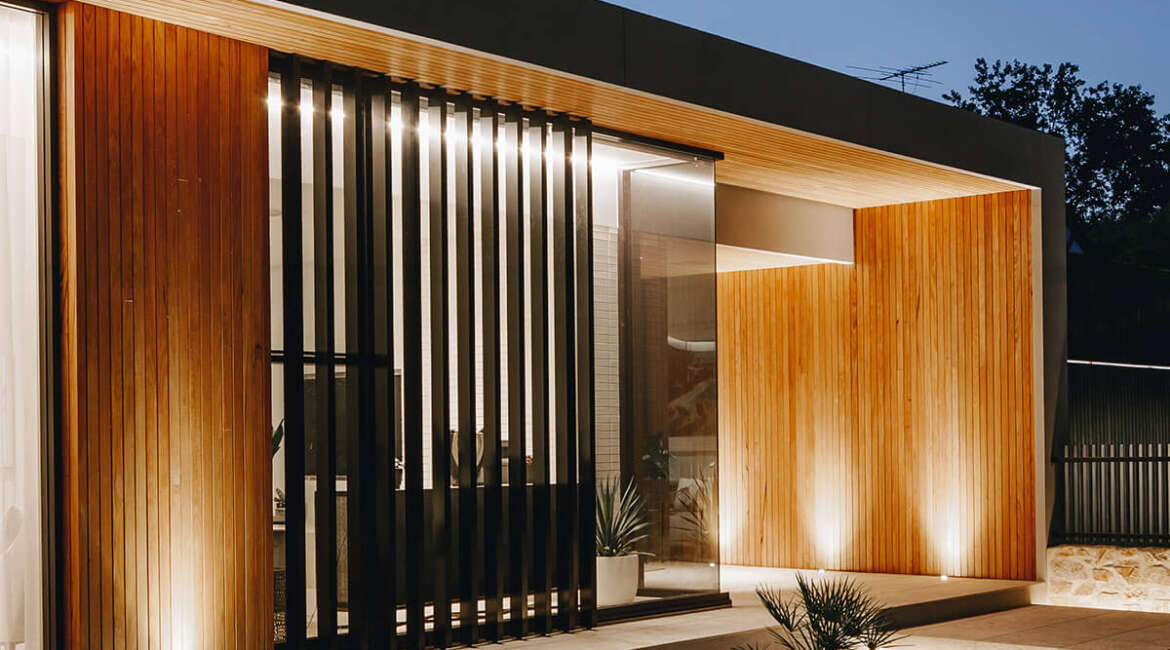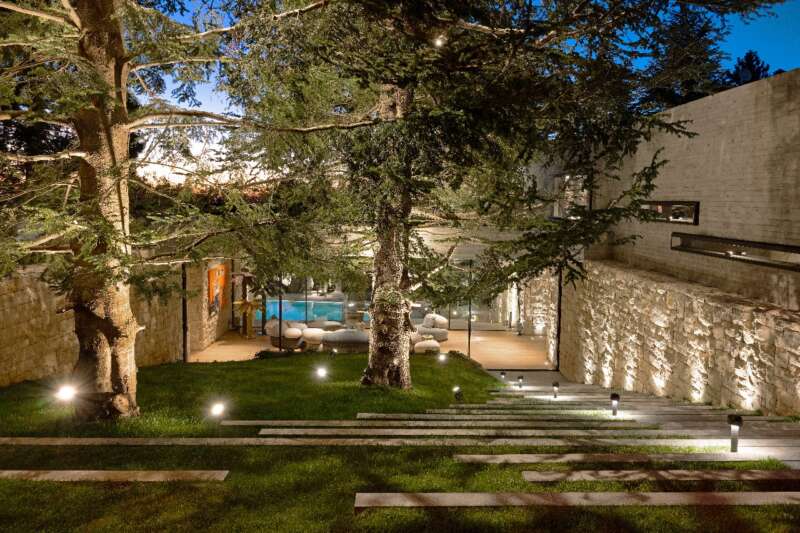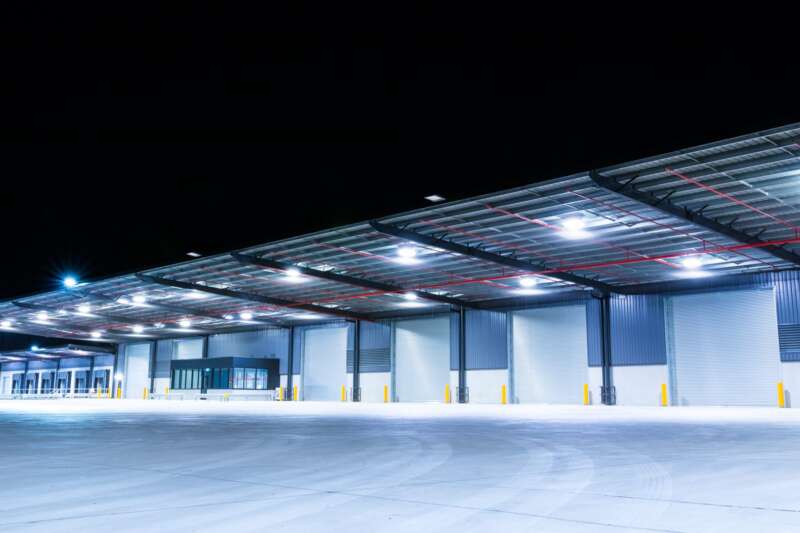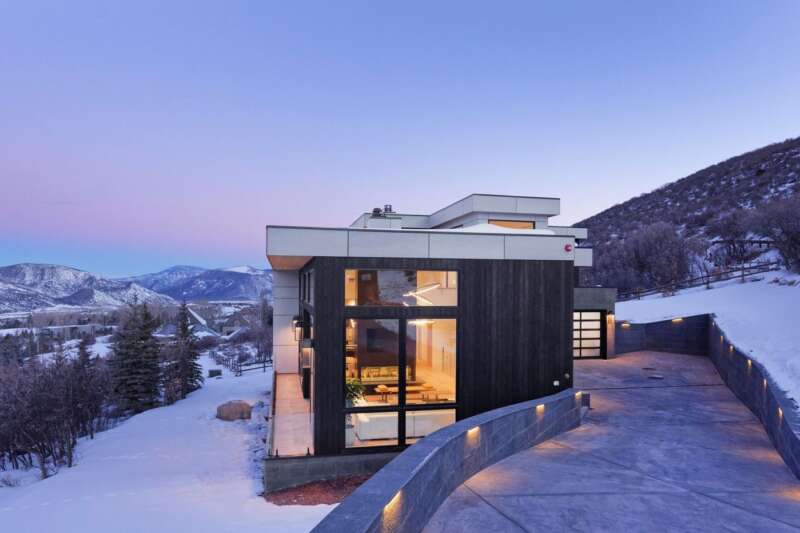5 Ways In-Ground Lights Go Wrong
In-ground well lights can add dramatic uplighting along walkways or garden beds but sometimes things go wrong with an installation. Whether your fixtures are new additions or have been uplighting foliage for years, there are a few common issues you can experience with well lights.
Water From Below
How It Happens: As the well light heats up, it expands and the air inside the fixture escapes either through the top seam where the lens and trim meet or at the bottom where the wires come out. The problem actually occurs as the fixture cools back down, contracts, and creates a sort of vacuum. If the wire coming out of the bottom of the fixture isn’t sealed properly, moisture from the ground could find its way into the fixture to cause corrosion, electrical shorts, and other general damage.
How to Fix It: The best way to prevent this is by installing the fixture in the right material, like gravel which doesn’t absorb rainwater. If this isn’t possible, use a sealant the around the wire to ensure no moisture gets in.
Water From Above
How It Happens: In some cases, the seam where the lens cover and trim meet doesn’t form a proper seal. This occurs with poor quality fixtures that aren’t constructed well or in fixtures that are several years old where the possibly rubber seam is starting to disintegrate. This broken seal allows water to leak into the fixture and can cause water damage to the lamp or wiring.
How to Fix It: Only buy fixtures that have a lens cover and trim with a flush seam to help prevent water from pooling where they meet and getting into the fixture. Look for one with lens covers with a slight convex curve to it; this helps water roll off the fixture more easily. For older fixtures, you’ll have to search for replacement parts.
Flooded
How It Happens: Basically, a combination of the first two problems happening at once when a lot of rain causes the area where the in-ground fixture is installed to flood. Although many well lights are IP68 rated and suitable for wet locations, they aren’t meant for use underwater.
How to Fix It: The only thing that can be done is wait for everything to dry up. Be sure to cut the power off until the waters recede and give the ground plenty of time to dry up again. Check over the fixture for any water damage before turning it back on.
Glass Cover Breaks
How It Happens: Most in-ground well lights are not built to withstand being walked or driven on. However, accidents happen and the glass lens can eventually crack, break, or shatter under too much weight especially if your fixtures are installed on a sidewalk or pathway.
How to Fix It: An easy way to prevent traffic from walking over your well lights is to install them in an elevated position like a slightly raised platform or a small landscaped hill. If that isn’t an option, try to incorporate some type of barrier into the design.
Overheating
How It Happens: Well lights are designed to withstand pretty high temperatures, but if you’re in an area that’s excessively hot during the summer, it may be more than your fixtures can handle. Overheating can cause damage to the wiring of the fixture or the bulb and result in a dramatically decreased lifespan.
How to Fix It: Unfortunately, there isn’t a real fix for overheating, but it is something that can be prevented before it occurs. When shopping for an in-ground well light and the bulb to go in it, check the manufacturer’s specs to be sure you buy a fixture and bulb approved for the ambient temperatures where it’ll be installed. Make sure the bulb you choose is rated for use in an enclosed fixture. Also, try to avoid placing fixtures where they will be exposed to direct sunlight with no shade for extended periods of time.
Bonus: Human Error
How It Happens: From DIY enthusiasts to professionals, people make mistakes. Using incorrect or damaged parts like bulbs of the wrong wattage and shape or a cracked lens cover, can cause problems with your installation. Even installing the fixtures while the ground in still damp from a previous day’s rainstorm can have a negative effect.
How to Fix It: Take your time installing these fixtures because if any part of the installation is incorrect or faulty, it will eventually cause damage or failure of the fixture. When selecting your fixture, keep an eye out for quality over price and pay attention to the specs to ensure you’re buying what you need.








